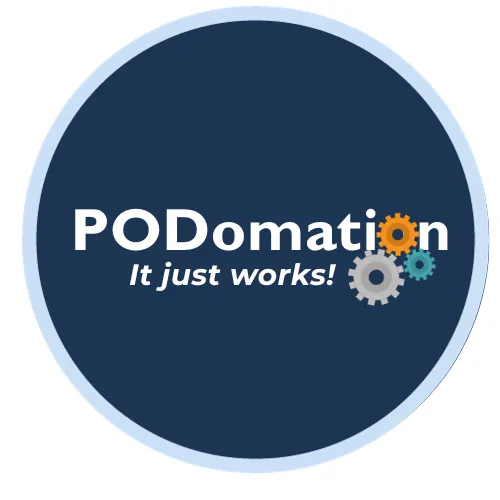See Our Latest Blogs
All about CRM, Automations, Workflows

Long codes vs short codes
“The ultimate test of your greatness is the way you treat every human being.” - Pope John Paul II
Long codes versus short codes:
What are 10-digit long codes?
These are standard 10-digit phone numbers used for application-to-person (A2P) messaging, where businesses send one-way SMS text messages to consumers.
Some key points about 10-digit long codes:
They have a standard 10-digit format like other phone numbers (123-456-7890).
Long codes are used for high-volume, one-way A2P messaging for alerts, notifications, appointments, etc.
Businesses must lease or own the long code phone number, verified by the messaging provider.
Long codes are classified as "local" numbers and have the same area code and prefix as normal phone numbers.
Long codes can send SMS text messages only, while short codes (5-6 digits) can send and receive texts.
To protect consumers, long codes are subject to more regulations like opt-in requirements compared to short codes.
Major carriers like Verizon and AT&T must approve the use of a long code for A2P messaging purposes.
Long codes often have lower cost compared to dedicated short codes for high volume texting.
In summary, 10-digit long codes provide an economical way for businesses to send one-way, high-volume SMS messages to consumers, if they follow opt-in and other regulations. They are standard phone numbers dedicated for A2P SMS messaging.
What are short codes?
Short codes are special shortened phone numbers, usually 5 or 6 digits, used for sending and receiving text messages. Here are some key details on short codes:
Short codes are shorter and easier to remember than long 10-digit numbers.
They are primarily used for marketing, customer engagement and two-way conversational messaging.
Businesses must lease short codes from aggregators and carriers like Twilio or Infobip.
Short codes can both send and receive SMS text messages.
They allow subscribers to text a keyword (e.g. TEXT PROMO to 12345) to opt-in.
Carriers and aggregators must approve the use case for assigned short codes.
Short codes often support MMS picture messaging in addition to SMS.
They are more expensive than long codes but have greater capabilities.
Short codes are commonly used for contests, voting, surveys, alerts, coupons and chatbots.
Strict opt-in requirements apply for any promotional or marketing messages sent via short code.
In summary, short codes provide versatile two-way messaging capabilities for consumer engagement, with strict opt-in guidelines to prevent spam. Their lease costs are higher than long codes but provide more flexibility.
Differences in use and compliance
Here are some of the key differences in uses and compliance requirements between 10-digit long codes and short codes:
Uses:
Long codes are primarily used for high-volume, one-way A2P (application-to-person) messaging like alerts, notifications and appointments.
Short codes are used for lower volume two-way conversational messaging like marketing, customer engagement, surveys, contests etc.
Compliance:
Long codes must comply with TCPA regulations including proper consumer opt-in and honoring opt-out requests.
Short codes have very strict opt-in requirements usually requiring a double opt-in process for any promotional messaging.
Long codes only need to register with carriers for compliance. Short codes require full application and approval from carriers.
Both long and short codes must identify the sender, but short codes have more stringent disclosure requirements.
Short codes have greater oversight on use cases from carriers during initial setup.
Long codes can be used for informational messages to existing customers without opt-in. Short codes always require consumer opt-in.
In summary, short codes have greater compliance requirements given their more promotional and consumer engagement use cases. Long codes used properly for A2P messaging have fewer restrictions but still require TCPA compliance and carrier registration.
Hope this helps. Have a blessed day!
Get In Touch
Email: support@podomation.org
Address
Office: 8060 E Gale Rd
Assistance Hours
Monday to Saturday: 9:00am – 7:00pm EST
Sunday and Holidays: CLOSED or By Appt Only
Phone Number:
(844) 982-4763
Strategic Solutions, Real Results
With PODomation, It just works.
© 2025 MyPod Enterprise LLC. All Rights Reserved.
All sales are final. Review Terms - Cancellation Policy

support@podomation.org
(844) 982-4763
8060 E Gale Rd

